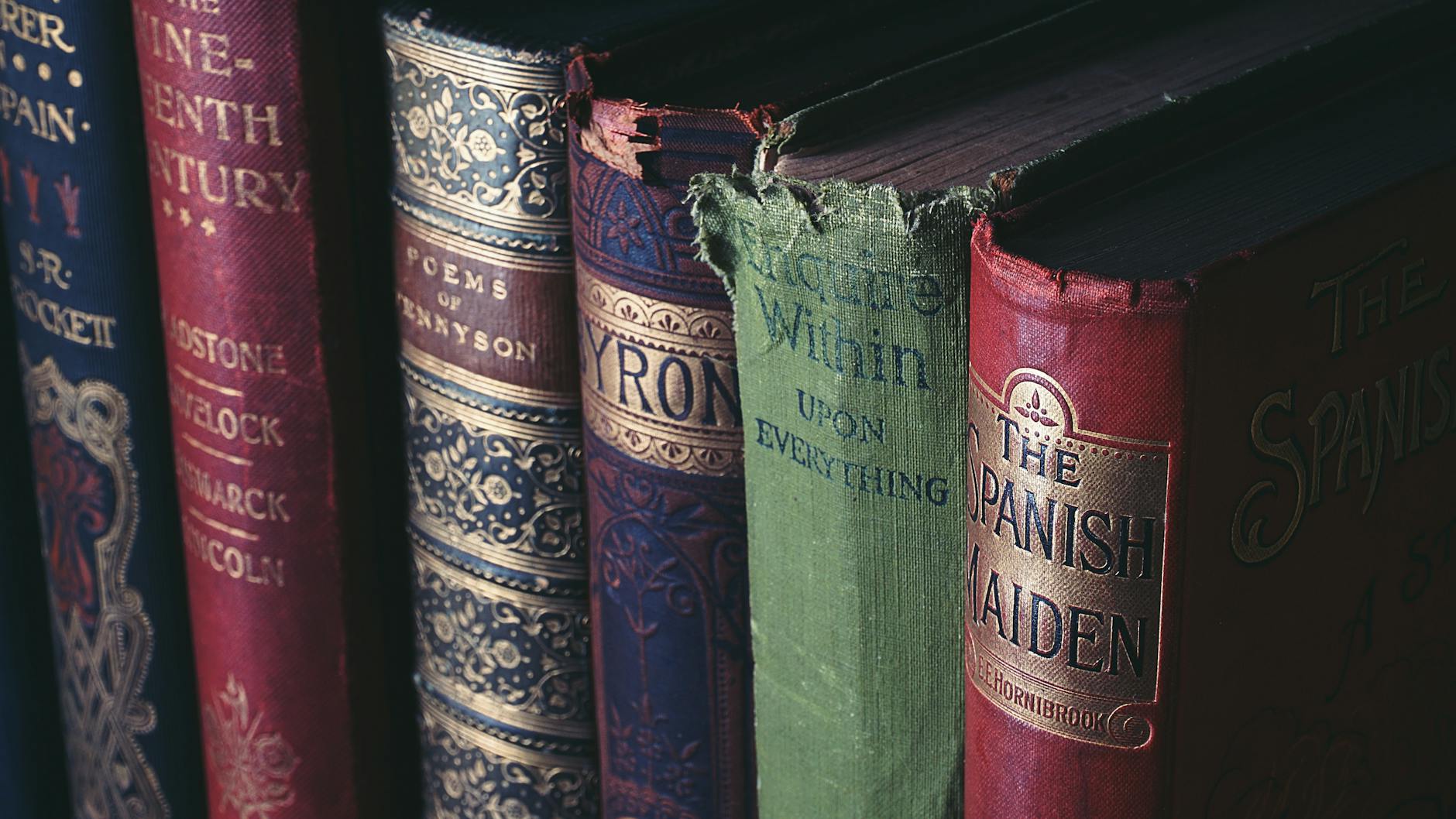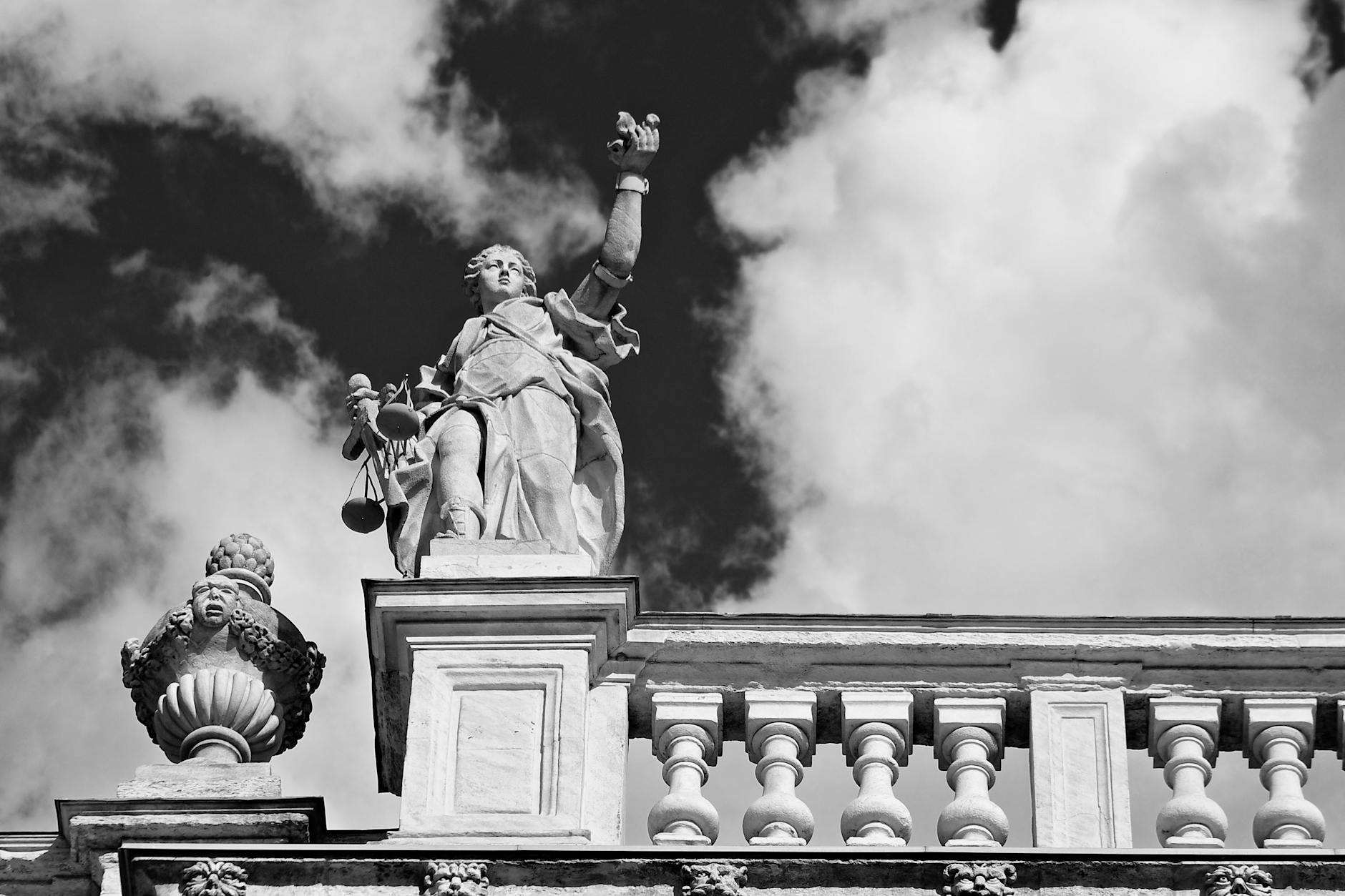Italian literary criticism has a rich and long-standing tradition, with scholars analyzing some of the most influential works in Western literature. From Dante’s Divine Comedy to Boccaccio’s Decameron, the field offers deep insights into both literary form and cultural significance. This list of the top 10 best books on Italian literary criticism will guide you through key resources to explore and understand Italy’s literary heritage. These books cater to both newcomers and seasoned scholars, offering different angles on the Italian literary canon.
Author: Luca Manetti
Luca Manetti is a literary critic and scholar specializing in European literature with a focus on Italian works. With over 20 years of experience in the field, he has written extensively about Dante, Boccaccio, and other Italian writers.
10. The Divine Comedy: Volume 1: Inferno (Galaxy Books)
Author: Dante Alighieri
⭐ 4.1 out of 5 stars (40 ratings)
Dante Alighieri’s Divine Comedy is the pinnacle of Italian literature, and this Galaxy Books edition provides a scholarly take on the Inferno, complete with extensive commentary.
Why You’ll Love It:
This edition includes thorough explanations of Dante’s use of allegory and metaphor, which helps make the dense text more accessible to modern readers.
Fun Fact:
Dante’s Divine Comedy is the first major literary work to be written in the Italian vernacular instead of Latin, making it accessible to a broader audience in the 14th century.
9. History of My Life, Vols. 11 & 12
Author: Giacomo Chevalier de Seingalt Casanova
⭐ 4.2 out of 5 stars (10 ratings)
Casanova’s autobiography provides an insightful look into 18th-century Italian society, making it not just a personal narrative but also a piece of cultural history.
Why You’ll Love It:
Beyond his escapades, Casanova was a keen observer of politics and culture, offering an invaluable perspective on Italy during his lifetime.
Fun Fact:
Though known primarily as a lover, Casanova was also a spy, diplomat, and author, making him a complex figure in Italian history.
Order this fascinating read here
8. The Inferno (English and Italian Edition)
Author: Dante Alighieri
⭐ 4.7 out of 5 stars (657 ratings)
This dual-language edition is perfect for students and scholars of Italian literary criticism, allowing readers to appreciate the nuances of the original Italian text while following the English translation.
Why You’ll Love It:
It offers the best of both worlds with a side-by-side presentation of Italian and English, making it ideal for language learners and enthusiasts.
Fun Fact:
Dante’s influence on Western literature is so profound that his work inspired artists such as Gustave Doré, whose illustrations are often paired with translations of The Inferno.
7. The Divine Comedy of Dante Alighieri: Volume 1: Inferno
Author: Dante Alighieri
⭐ 4.7 out of 5 stars (204 ratings)
This edition of Dante’s Inferno from Oxford University Press includes detailed notes on the poem’s structure and the political and religious implications of Dante’s journey through Hell.
Why You’ll Love It:
This version offers a deeper understanding of Dante’s references to historical figures and theological concepts, making it ideal for students of Italian literary criticism.
Fun Fact:
Dante’s Inferno introduces the concept of contrapasso, the idea that the punishment in Hell mirrors the sin committed, which became a lasting feature in Western literary depictions of the afterlife.
6. Design in the Wax, The: The Structure of the Divine Comedy and Its Meaning
Author: Marc Cogan
⭐ 4.5 out of 5 stars (3 ratings)
Cogan’s book takes a fresh perspective on Dante’s Divine Comedy, exploring how the structure of the work itself holds significant meaning.
Why You’ll Love It:
This book provides new insights into the architectural precision of Dante’s work, offering a more in-depth reading for those interested in Italian literary criticism.
Fun Fact:
Dante’s Divine Comedy is divided into three sections, mirroring the Christian doctrine of the Trinity, reinforcing the religious undertones of the text.
5. The Decameron: A Norton Critical Edition
Author: Giovanni Boccaccio
⭐ 4.5 out of 5 stars (76 ratings)
Boccaccio’s Decameron is a masterpiece of storytelling, and this critical edition offers extensive commentary on the cultural and literary significance of the work.
Why You’ll Love It:
This edition includes critical essays that contextualize The Decameron within the framework of Italian literary criticism, making it a must-read for students and scholars alike.
Fun Fact:
Boccaccio’s Decameron was inspired by the Black Death, as ten young people escape to the countryside to tell each other stories while avoiding the plague.
4. Discourses on Livy (Oxford World’s Classics)
Author: Niccolo Machiavelli
⭐ 4.7 out of 5 stars (202 ratings)
Machiavelli’s analysis of Livy’s History of Rome is one of the cornerstones of Renaissance political philosophy and Italian literary criticism.
Why You’ll Love It:
This edition of Discourses on Livy provides a robust analysis of Machiavelli’s political theories, which remain relevant in modern discussions of power and governance.
Fun Fact:
Machiavelli’s work was often misunderstood during his lifetime and is still debated among scholars, with many considering him the father of modern political science.
3. The Key to The Name of the Rose: Including Translations of All Non-English Passages
Author: Adele J. Haft
⭐ 4.5 out of 5 stars (108 ratings)
Adele Haft’s guide to Umberto Eco’s The Name of the Rose is an essential companion for readers who want to explore the intricacies of this postmodern masterpiece.
Why You’ll Love It:
Haft’s commentary illuminates Eco’s complex use of language, symbolism, and historical references, making this book a great resource for scholars of Italian literary criticism.
Fun Fact:
Eco’s novel features over 30 different languages, including Latin, Greek, and Italian, some of which are not translated in the original text.
2. Learn Italian For Adult Beginners: 3 Books in 1: Speak Italian In 30 Days!
Author: Explore ToWin
⭐ 4.4 out of 5 stars (670 ratings)
For those looking to understand Italian literary criticism, learning the language is a huge plus. This book offers a fast-track guide to mastering Italian.
Why You’ll Love It:
This 3-in-1 package teaches you to speak and understand Italian quickly, giving you the tools you need to appreciate Italian literary works in their original form.
Fun Fact:
Many of the world’s best literary works, including those by Dante and Boccaccio, are best appreciated when read in their original Italian.
1. Italian Vocabulary QuickStudy Laminated Reference Guide
Author: Joseph Levi Ph.D.
⭐ 4.6 out of 5 stars (990 ratings)
For a quick yet thorough reference to Italian vocabulary, this laminated guide is perfect. It’s a handy tool for students of Italian literary criticism and language learners alike.
Why You’ll Love It:
The durable, laminated format makes it a convenient reference tool to have on hand during your studies of Italian literature and criticism.
Fun Fact:
This guide includes over 1,000 of the most common Italian words, organized for quick reference, making it ideal for both beginners and advanced learners.
Explore More Top 10 Categories
Check out some more Top10 categories
“As an Amazon Associate I earn from qualifying purchases.”






















